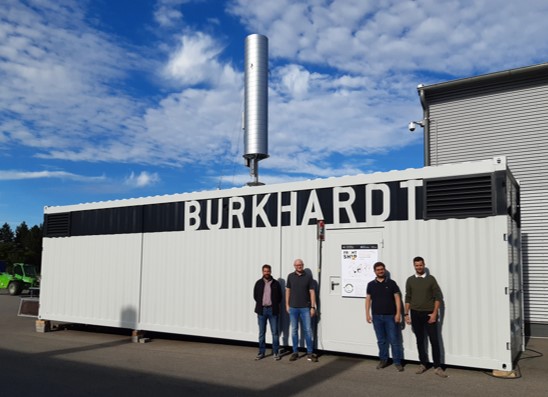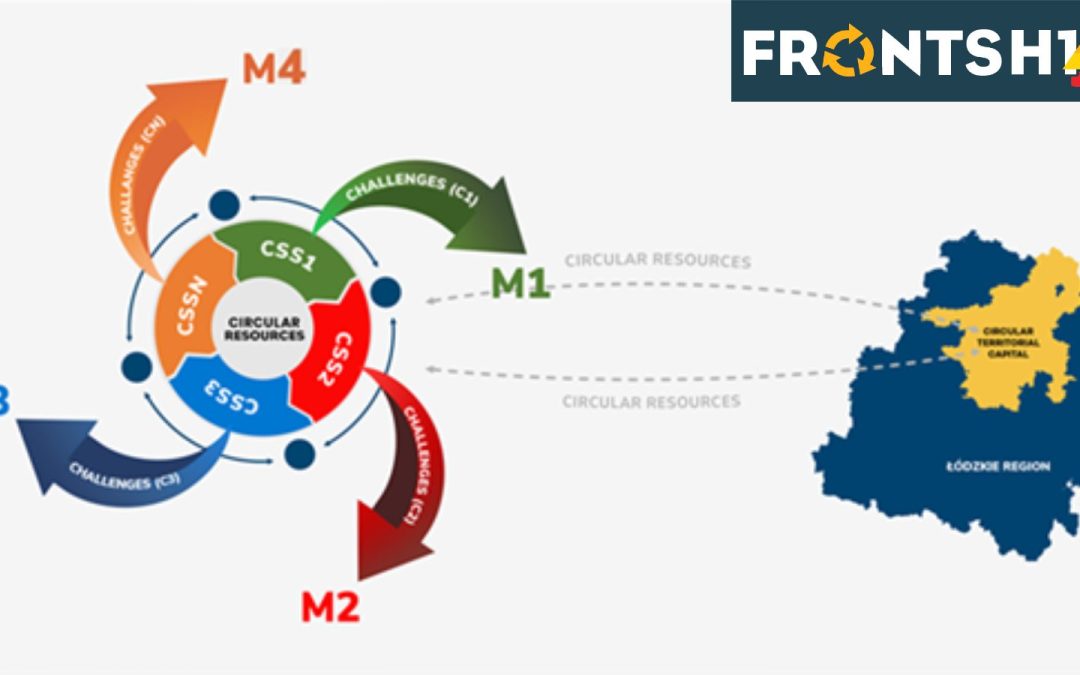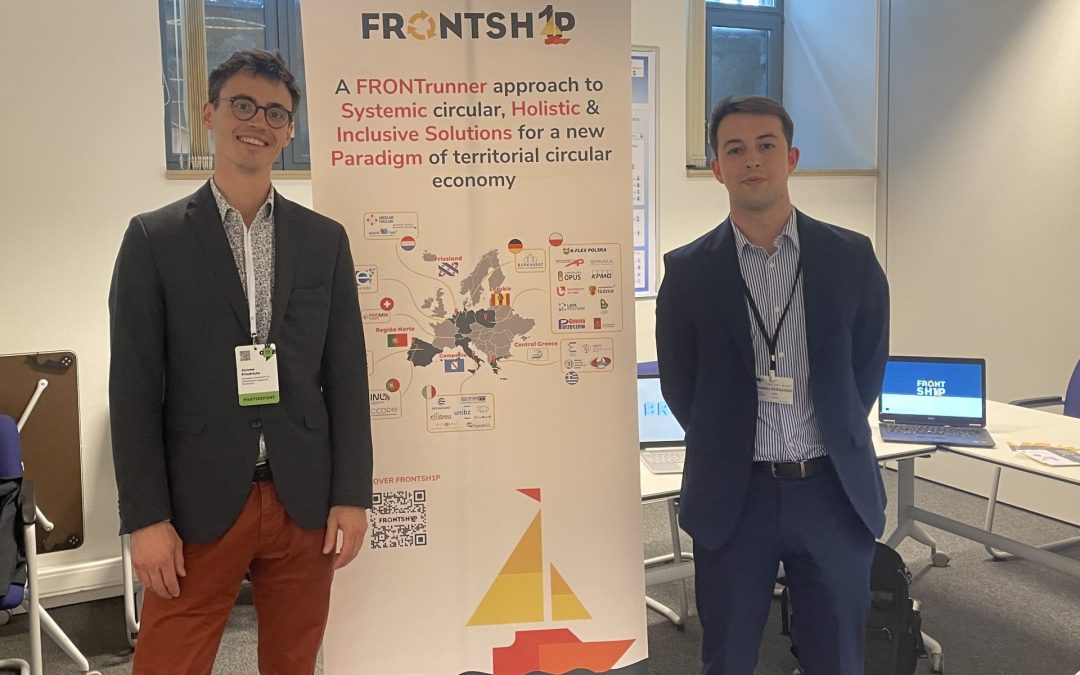Authors: Lorenzo Menin, Vittoria Bendetti, Francesco Patuzzi, Marco Baratieri
Many of us have heard the term “gasification” before. The word itself reminds us of a process converting something non-gaseous to something gaseous. More specifically, gasification converts a solid, such as lignocellulosic biomass, to a gas (syngas or producer gas) composed of several species, mainly carbon monoxide, carbon dioxide and hydrogen. This is achieved by injecting an oxidizing agent (air, oxigen or steam) into the biomass loaded reactor at high temperatures (between 600 and 1000 °C), in quantities insufficient to obtain full combustion of the material, but sufficient to maintain the required temperature while breaking the chemical bonds that hold large, complex molecules together in a solid form. Gasification also produces a solid by-product, char, with high carbon content and physico-chemical properties that can be beneficial for a variety of uses, from agricultural to industrial applications. Air is the oxidant used in most existing commercial systems, including the gasifier provided by Burkhardt as part of the FRONTSH1P project.
The big advantage of gasifying the biomass fuel as opposed to burning it resides in the possibility to subsequently burn the obtained syngas in a combined heat and power engine that generates both electricity and useful heat for industrial or civil applications. This makes it possible to exploit biomass to generate renewable energy also at the small scale and in decentralised contexts, for instance in proximity to an active industrial site that requires energy, or on the premises of a farm. In fact, there would be another way to generate heat and power from biomass through combustion, however, that would involve burning biomass to generate high-pressure steam in a large, centralised power plant, due to a fundamental scale economics.
Due to the fact that biomass does not always come from large point-sources that can continuously supply large quantities of fuel without generating excessive costs or detrimental environmental impacts, small-scale technologies play an important role in unlocking the potential of smaller sources of biomass production in the context of a sustainable decarbonisation. Examples of such sources include small forests with sustainable regeneration cycles, by-products of forestry activities, or, as in the case of FRONTSH1P, wood packaging waste discarded by industrial processes in the Łódzkie region.
Now that we have a better picture of why we are concerned with the investigation of gasification technology in this research project, let’s dive into some of the peculiarities of the gasifier that was selected for the implementation of CSS1. The system is provided by Burkhardt, a German project partner, and will travel from Germany to Italy, Greece, and Poland during the duration of the project. The gasifier is a so-called rising co-current air gasifier, where the oxidant (air) and the gas produced across the reactor travel from the bottom of its vertical profile towards the top outlet of the reactor, generating a so-called stationary fluidised bed. Other key components of the Burkhardt gasifier include the biomass loading system that can carry up to 1.3 tons of material, a gas heat exchanger, which cools the wood gas to about 85°C, and a gas filter for the further removal of particulates before combustion.
While the main interest of CCS1 activities lies in pure syngas combustion, the Burkhardt design was originally conceived for heat and power co-generation. To gain an appreciation of the current plant size, we should consider that the gasifier will be able to convert 40 kg/h of wood pellets derived from residual biomass and has the potential to yield enough producer gas to generate up to 50 kW of electricity and 85 kW of heat in the co-generation engine. This adds to a further 25 kW of heat generated by cooling syngas at the outlet of the reactor. In other terms, the gasifier could deliver sufficient heat to replace approximately 77,000 cubic meters of natural gas for heating, and sufficient electricity to supply approximately 100 households, according to manufacturers’ data. The char output of the system will also be of great importance within the FRONTSH1P project, as it will not be treated as a by-product, but will be valorised in industrial and agricultural applications as a substitute of carbon black in the production of plastics and as additives for compost, respectively.

The gasifier is ready!
The Burkhardt gasifier is due to arrive in Bolzano in the second half of July. It will be shipped there as a containerised plant via road. At the destination, which is in the forecourt of the UNIBZ’s Bioenergy & Biofuels labs at NOI Techpark in Bolzano, the system will be offloaded from the transporter’s trailer, lifted with a mobile crane, and set into position in a dedicated area accessible by the labs utilities and auxiliary plants. Here, the commissioning operations will take place by first connecting the plant to the local piping systems and then to the power supply. Secondly, preliminary tests for the plant start-up will be carried out by feeding the machine with standard wood pellets to verify the stability of key operating parameters over a period of several hours and validate the proper functioning of the plant.
UNIBZ staff already attended a dedicated presentation session in Mühlhausen, Germany, at the Burkhardt’s premises, where they were assisted to the plant commissioning together with the Burkhardt team and were informed specifically on the further installation and commissioning activities that will take place in Bolzano.






